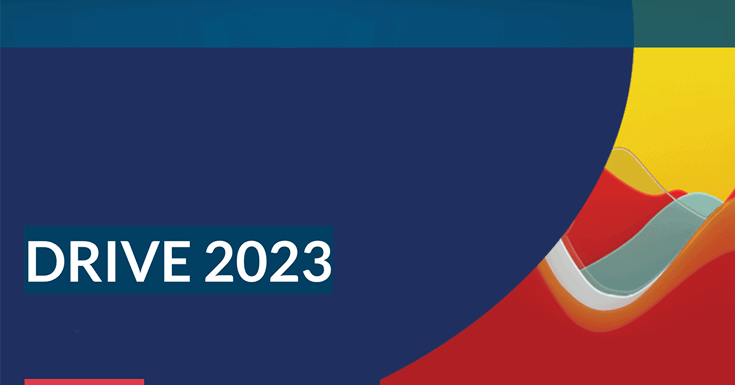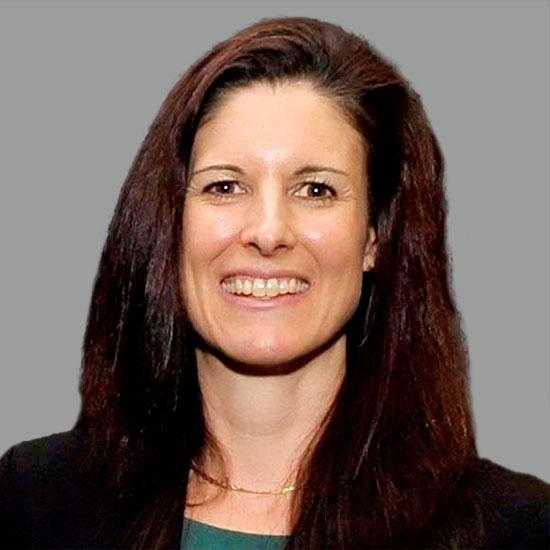CASE DRIVE 2023: A Critical Forum for Advancement Technology Practitioners
Former Analyst

The annual CASE DRIVE conference convenes higher education advancement practitioners to discuss their daily work and the technology they use to support it. The 2023 event was back in person with a sold-out attendance, and it was energizing to come together to share ideas, discuss issues, brainstorm, and talk to colleagues in a safe environment. Sessions were packed with attendees sharing stories and posing questions. A feeling of belonging and understanding permeated the conference, which could bode well for the future of higher education advancement technology.
One attendee shared a question with a group at the conference, which was a fair depiction of an overriding sentiment. “What does it take to have a revolution [in higher education technology]?” Higher education technology teams that support advancement services have a complex responsibility. They must leverage the institution’s technology ecosystem to provide solutions that support development, alumni and donor engagement, government relations, community relations, prospect management, and more. Technology teams often work behind the scenes to ensure their advancement colleagues can work as efficiently and effectively as possible.
At the DRIVE event, I noticed a prevailing sentiment that technology staff feel that their contributions to support advancement processes are undervalued. Higher education institutions must recognize the importance of investing in their advancement technology resources (professional development, certifications, etc.) and their technology platforms and tools (data storage, data maintenance, etc.) to enable technology staff to partner with their advancement colleagues in innovating to address evolving challenges and requirements.
One thing is clear – many individuals working in advancement technology are looking to the future and thinking about how to optimize their work. Presenters included stories about IT staff shortages in almost every session. The current economic climate is forcing institutions to find ways to handle increased workloads with decreased staff. Institutions are investing in building workarounds to meet stakeholder needs and vendors to meet their clients’ needs.
Due to staff shortages and budget limitations, many attendees in the exhibit hall were focused on all-in-one CRM platforms to replace legacy advancement databases/CRMs. Attendees expressed interest in CRM platforms that offer feature sets inclusive of multi-channel communications, events, and online giving. Vendor booths were consistently busy during the conference as many institutions have recently replaced or are considering replacing legacy platforms. Many attendees shared that enterprise CRM platform vendors increasingly approach them to deter their institutions from implementing point solutions. Enterprise CRM vendors are expounding the benefits of implementing a single CRM platform that can support all divisions across an institution. To support their sales pitches, enterprise CRM vendors offer attractive packages that combine their CRM foundational platform with add-on products and managed services for a complete constituent lifecycle CRM solution.
As institutions consider implementing new advancement technologies, advancement stakeholders view system conversions as opportunities to enact change by optimizing business processes, evaluating data management and governance, and leveraging AI for prospect research and alumni engagement. Attendees shared their excitement about how emerging technologies such as ChatGPT may impact higher education advancement. Institutions hope to use artificial intelligence for forecasting, such as building algorithms that show fundraisers the most optimal group of new prospects daily or weekly. Technolutions Slate for Advancement drew increased attention this year for recently incorporating ChatGPT into broadcast email in their advancement product.
As attendees talked to vendors in the exhibit hall and discussed CRM platforms during breaks and sessions, the concept of “tech washing” was mentioned several times. If you are unfamiliar with this term, it indicates that vendors claim their platforms have functionalities that are not fully developed or have not yet been delivered. Attendees discussed how they have experienced “tech washing” when advancement staff ask vendors to demonstrate current innovation. They notice vendors describing functionality related to the hottest market trends instead of focusing on the research and development of core capabilities. Vendors feel pressured to promise the latest technological innovation to keep and attract customers. One attendee stated, “We don’t and won’t reward companies in the market for dishonesty or shady practices.” I predict that such claims will play out, and the companies that are the most transparent and open about features and functionalities, current capabilities and innovation, and future roadmaps will be the most successful in retaining and gaining higher education advancement customers.
Alongside transparency in demonstrating product functionality, what additional factors differentiate one company from another in the eyes of advancement staff and leadership? According to CASE DRIVE attendees, technology end user experience, the purchasing process (transparency, cost, ease of process), and customer support are at the top of the list. One speaker urged attendees to keep the fundamentals front and center and then layer on managing [end user] expectations. History has shown that higher education is considerably behind the commercial industry in providing an optimal end user experience. Those of us who work in higher education aspire to provide the “Amazon experience” or “Netflix personalization” for our end users and constituents but have found it challenging to do so utilizing the current technology in advancement vendor solutions.
Big data was another topic that carried through many conference sessions. My takeaway from attendee comments is that many staff members do not think their institutions collect enough advancement-specific data necessary for effective reporting, automated communications, online giving experiences, and more. Does your institution use data to determine which alumni or donors are most likely to give a major gift, where they will direct it, and when it will be given? Or has data been used to predict which donor segments are most likely to donate when receiving a direct mail appeal vs. an email or social media post? Attendees shared that institutional leaders are resistant to changing current processes and allowing for collecting and utilizing data that hasn’t traditionally been captured. Some of the new beneficial data points institutions seek to capture include qualitative or “soft” data such as a donor’s favorite color, food, drink, place on campus, or faculty member. The shared sentiment was that advancement staff should know and understand the data and, even more importantly, why it is being collected.
While advancement stakeholders push for their shops to be on the “cutting edge,” similar to their counterparts in research, they often find that the institutional support for change diminishes if it affects the hallowed “cost to raise a dollar.” To implement advancement technology solutions successfully, it is clear that executive and advancement division leaders and staff must strategically align and clearly define the path forward for addressing immediate and long-term requirements.
Categories
Share Article:

Other Posts From this Author:
© Copyright 2025, The Tambellini Group. All Rights Reserved.